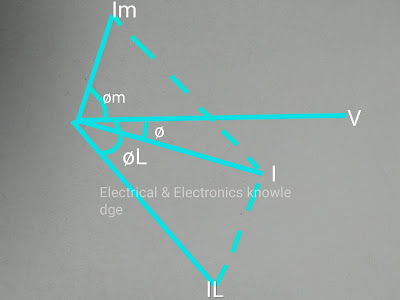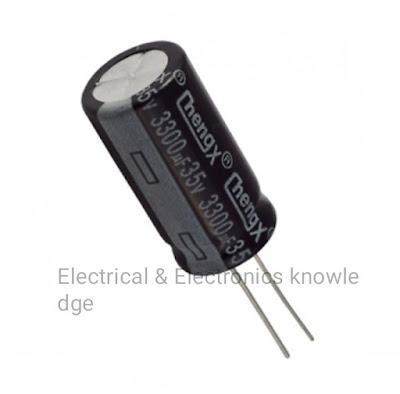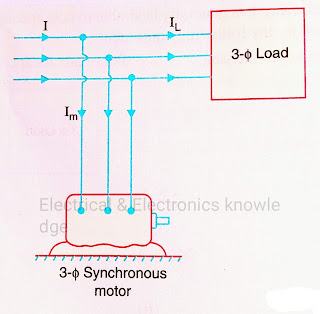How to improve power factor ?
&
Which type of equipment are required for improving the power factor ?
The low power factor is mainly due to the fact that most of the power loads are inductive and, therefore, take lagging current. In order to improve the power factor, some device taking leading power should be connected in parallel with the load.
One of such devices can be a capacitor. The capacitor draws a leading current and partly or completely neutralises the lagging reactive component of load current. This raises the power factor of two load.
Normally, the power factor of the whole load on a large generating station is in the region of 0.8 to 0.9 . However, sometimes it is lower and in such cases it is generally desirable to take special steps to improve the power factor. This can be achieved by the following equipment :
1. Static capacitor.
2. Synchronous capacitor.
3. Phase advanced.
The power factor can be improved by connecting capacitors in parallel with the equipment operating at lagging power factor. The capacitor (generally known as static capacitor) drawn a leading current and partly or completely neutralises the lagging reactive component of load current. This raises the power factor of the load. For 3-ø loads, the capacitors can be connected in delta or star as shown in fig below. Static capacitors are invariably used for power factor improvement in factories.
2. Synchronous condenser :
 |
| Synchronous condenser |
A synchronous motor takes a leading current when overexcited and, therefore, behave as a capacitor. An overexcited synchronous motor running on no load is known as synchronous condenser. When such a machine is connected in parallel with the supply, it takes a leading current which partly neutralises the lagging reactive component of the load. Thus the power factor is improved.
The power factor improvement by synchronous condenser method. The 3-ø load takes current IL at low lagging power factor Cos øL. The synchronous condenser takes a current Im which leads the voltage by an angle øm . The resultant current I is the phasor sum of Im and IL and lags behind the voltage by an angle ø. It is clear that ø is less than øL so that Cos ø is greater than cos øL. Thus the power factor is increased from cos øL to Cos ø . Synchronous condensers are generally used at major bulk supply substations for power factor improvement.
 |
| Phasor diagram of synchronous condenser |
3. Phase advancers :
Phase advancers are used to improve the power factor of induction motor. The low power factor of an induction motor is due to the fact that its stator winding drawn exciting current which lags behind the supply voltage by 90° . If the exciting ampere turns can be provided from some other a.c. source, then the stator winding will be relieved of exciting current and the power factor of the motor can be improved.
This job is accomplished by the phase advancer which is simply an a.c. exciter. The phase advancer is mounted on the same shaft as the main motor and is connected in the rotor circuit of the motor. It provides exciting ampere turns to the rotor circuit at slip frequency. By providing more ampere turns than required, the induction motor can be made to operate on leading power factor like an overexcited synchronous motor.
Phase advancers have two principle advantages. Firstly, as the exciting ampere turns are supplied at slip frequency, therefore, lagging kVAR drawn by the motor are considerably reduced.
Secondly, phase advancer can be conveniently used where the use of synchronous motors is inadmissible. However, the major disadvantage of phase advancers is that they are not economical for motors below 200 H.P...





Please do not enter any spam link in the comment box. ConversionConversion EmoticonEmoticon